|
The USB-MCA, a product that has been available from our company for approximately 14 years, remains popular alongside its variant, the USB-MCA4.
It operates as a multi-channel analyzer (MCA) powered via the USB port of a PC.
Despite having sold over 300 units worldwide, a redesign is now required due to the discontinuation of its key component, the A/D converter.
As a result, certain specifications will be modified, and we wish to keep you informed of these changes.
|
|
Multi-Channel-Analyzer APG7300D
|
|
There has been a significant update: the fixed conversion time has been
extended from 0.5μs to 1μs. We apologize for any inconvenience this may cause to users due to the
revised specifications.
The USB-MCA employs a successive approximation ADC for pulse height detection.
This system uses a peak-hold circuit, built with analog circuits, to capture
the pulse height, which is then read by the successive approximation ADC.
The peak-hold circuit is reset after each reading. This architecture was
the dominant approach up until about a decade ago and is now referred to
as an analog MCA.
Recently, there has been a rise in MCAs utilizing high-speed pipelined
ADCs to capture waveforms every few tens of nanoseconds, coupled with FPGA-based
digital peak detection for rapid processing without reset times.
This digital approach enables faster conversion rates, enhancing throughput.
Additionally, as illustrated in Fig. 1, it enables swift timing by acquiring
ADC data immediately after peak detection, facilitating histogram generation
for subsequent pulses.
Fast timing reduces dead time compared to absolute timing, which captures ADC data post-pulse, and helps mitigate resolution degradation at high count rates.
Our USB-MCA initially employed an analog circuit for peak detection, but
the adoption of FPGA logic circuits has simplified implementation. Nevertheless,
successive approximation ADCs have advanced significantly, offering superior
Signal-to-Noise Ratio (S/N), integral nonlinearity, and differential nonlinearity
compared to pipelined ADCs.
Despite our primary focus on DSP, our straightforward analog MCA has earned trust over the years and continues to be in high demand We have now integrated the latest successive approximation ADC technology to further enhance our analog MCA offerings, aligning with ongoing advancements in the field.
|
|
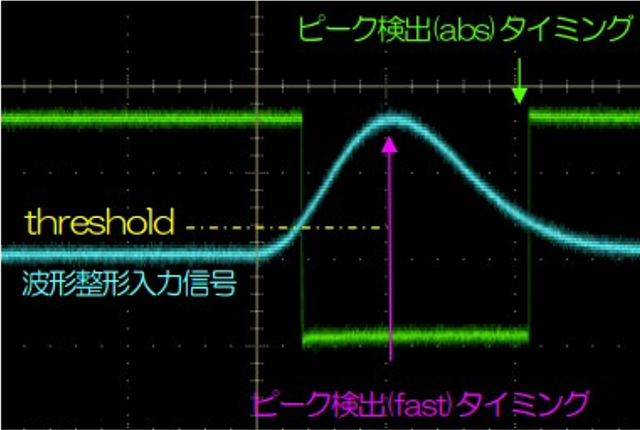
Fig. 1: USB-MCA peak detection timing
The pink arrow: the timing of peak detection(fast)
The blue line: the waveform-shaped input signal
The green line: the timing of peak detection(abs)
|
|
In this redesign, we have upgraded the successive approximation ADC to the latest IC.
The advancements in digital IC technology are remarkable, particularly in the development of high-precision ADCs.
However, extracting performance close to the specification limits depends heavily on the quality of the analog circuit design, including the power supply, peak hold circuitry, and layout design. Additionally, caution is necessary as some ICs may not perform as specified in the catalog.
Our objective was to achieve superior differential nonlinearity without using a sliding scale. This circuit, designed to enhance differential nonlinearity, introduces random noise to the input signal, thereby slightly degrading resolution at lower energy levels which may result in unusable channels.
Other critical factors for MCAs include integral nonlinearity, low noise,
and low drift.
Our initial step involves spectrum acquisition using the finalized prototype
setup: HPGe → spectroscopy amplifier (572) → MCA (prototype).
FWHM is 1.597 keV @1.33 MeV , demonstrating satisfactory performance.
|
|
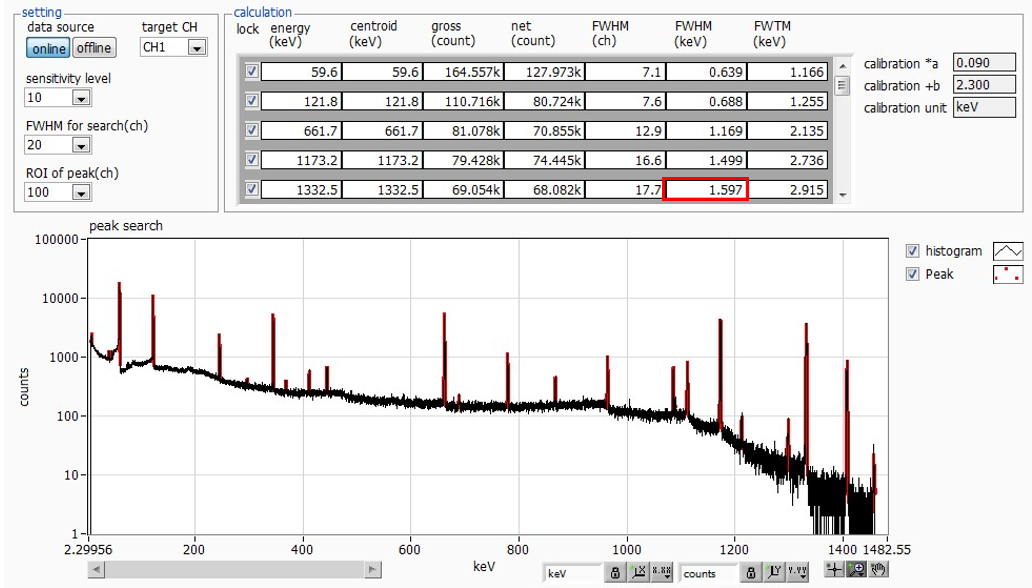
Fig.2 γ-ray spectrum measured with USB-MCA, horizontal axis energy
|
|
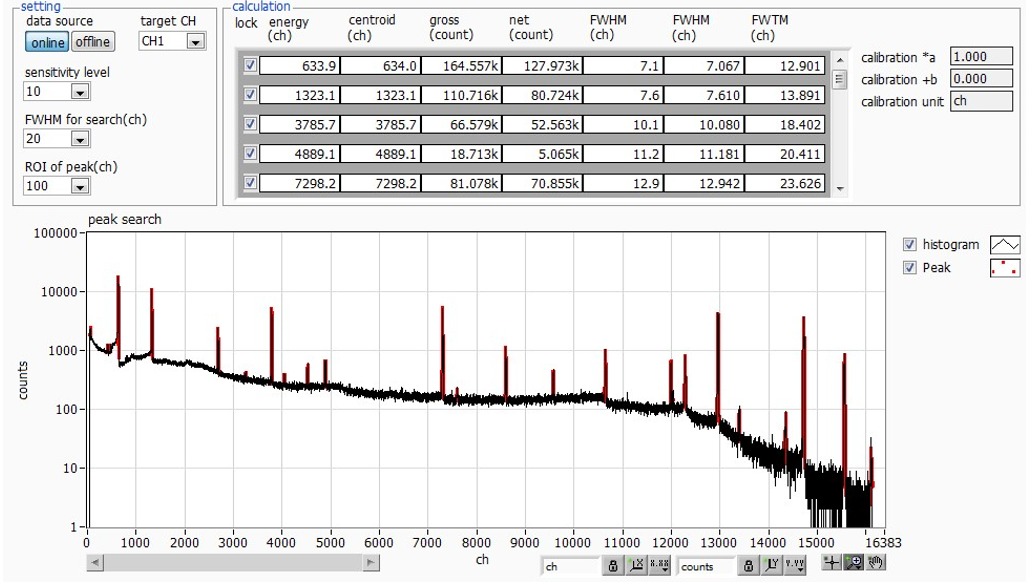
Fig.3 γ-ray spectrum measured with USB-MCA, horizontal channel
|
|
The spectrum in Fig. 2 is converted from the horizontal axis energy (keV) to the channel (ch) in Fig. 3. Fig. 4 shows the results of integral nonlinearity. Set the full scale to 1.5 MeV and linearly interpolate between the two peaks of 59.54 keV for Am241 and 1.4 MeV for Eu152.The deviation of the other peaks, located between these two, is checked against the theoretical values.
Using a line source, you can easily check the number of points. If the integral nonlinearity is poor, it will affect the accuracy of energy peak search. This becomes particularly significant when measuring unknown peaks.
The specification is that the integral nonlinearity is <±0.025%, so when measuring with an ADC gain of 16kch, it will be <±4ch.
|
|
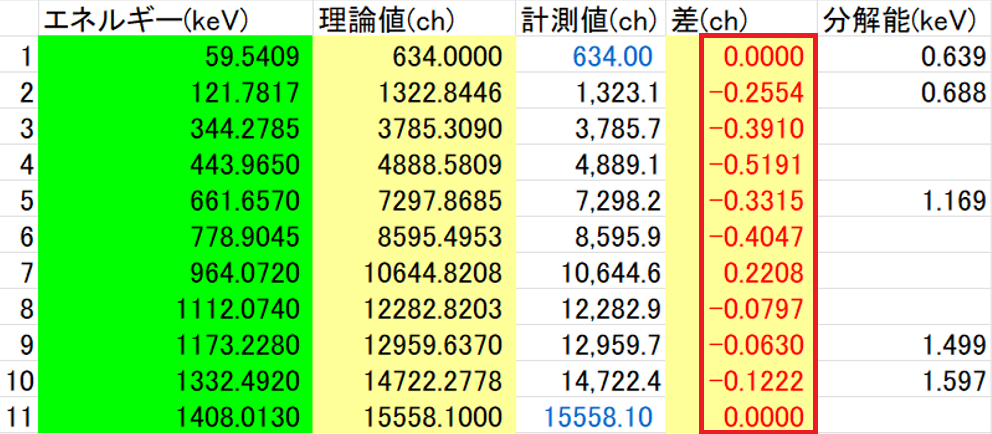
Fig.4. Integral nonlinearity of USB-MCA
|
|
Figure 5 shows the results of the differential nonlinearity test, which evaluates the uniformity of channel width occupancy crucial for achieving smooth spectra with an MCA. The standard for optimal performance is ±1% or less.
The test methodology involves applying a sawtooth wave, which slowly sweeps from 0V to full scale, to the reference voltage of a pulse generator. This generates a pulse with gradually increasing wave heights, which are then amplified and connected to the MCA for measurement over an extended period.
Through continuous measurement until statistical errors are minimized, the distinctive characteristics of each channel gradually become apparent. Figure 5 presents a spectrum obtained from approximately 101 hours of continuous measurement.
Signal Flow: Pulse Generator to Amplifier to MCA with Sweep Signal
The pulse generator → Amplifier → MCA
↑
Sweep signal
|
|
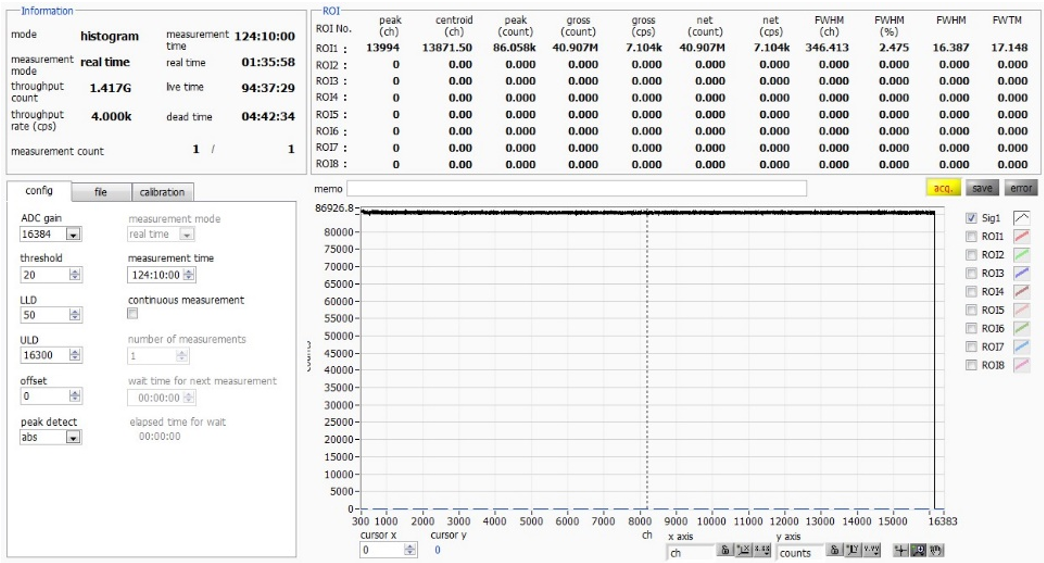
Fig.5. USB-MCA differential nonlinearity
|
|
Fig.6 is an enlarged graph of Fig.5. Here, each channel has accumulated up to an average of 85,620 counts, with the maximum swing width at 86,470 counts and the minimum swing width at 84,820 counts.
If you take the difference, you can confirm that it is within ±1%.
The ADC gain is ±0.5% for 8k channels. ±1% or less for 16k channels is a fairly strict specification.
|
|
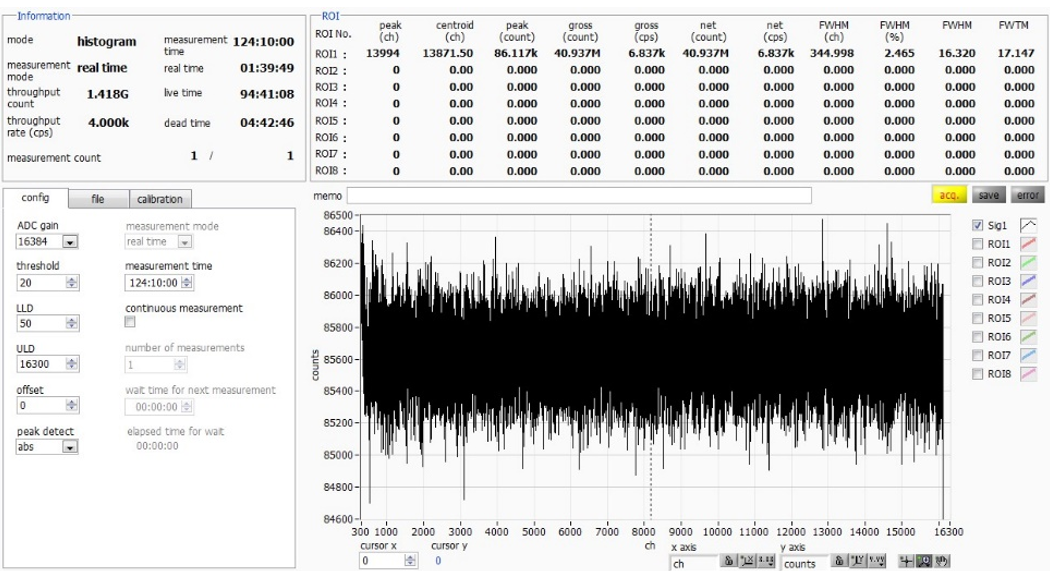
Fig.6 USB-MCA differential nonlinearity expansion
|
|
We are proud to introduce our latest high-precision MCA. This new USB-MCA will include spectrum analysis software for enhanced functionality.
To encourage existing users of the previous USB-MCA to upgrade, we are planning a campaign where we will replace the internal board while retaining the original casing.
If you own the USB-MCA mentioned in this article, please reach out to us for further details.
Furthermore, we are exploring the development of the USB-MCA2, which will support 2D spectrum capabilities using dual ports.
Our entire team is dedicated to continuing our tradition of innovation and creating even better products. We deeply appreciate your ongoing support.
|